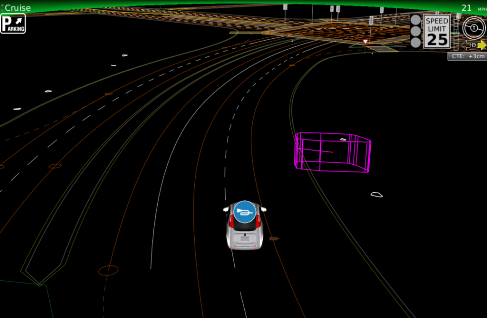Google teaches car to honk; flipping the bird next?
Google teaches car to honk; flipping the bird next?

This month’s report on Google’s autonomous car fleet reveals two new features coming to the company’s prototype car, the ability to honk the horn and a hum similar to most non-electric cars.
The sound of a car horn might be the stuff of nightmares for frequent drivers, but Google believes it can be a powerful tool that may prevent accidents on the road. For the first few months, the car honked internally, but Google recently made the honk audible to nearby cars.
See Also: Musk to Apple: Try and keep up, ok?
“Our self-driving cars are designed to see 360 degrees and not be distracted, unlike human drivers, who are not always fully aware of their surroundings. Our self-driving software is designed to recognize when honking may help alert other drivers to our presence — for example, when a driver begins swerving into our lane or backing out of a blind driveway,” said Google in the report.
Honk if you love attention
The self-driving system has two types of honk: two short honks as a friendly heads up to the other driver, and one long honk for urgent situations. Google’s testers report back to engineers on all honks, to make sure that the car is not being obnoxious on the road.
Google also wants to make sure pedestrians, cyclists, and visually impaired drivers know the car is active, and has added a ‘hum’ that is similar to most non-electric cars.
During the testing phase of the hum, Google explored a variety of sounds, including ambient art sculptures, consumer electronic products, and ocra noises. We hope when the car is available, Google adds these fake engine noises in a variety pack.
Google’s autonomous fleet, which totals 70 cars, reported one crash this month on May 3. The crash, according to the report, happened when a human driver was in control and nobody was hurt.
The post Google teaches car to honk; flipping the bird next? appeared first on ReadWrite.
(74)


